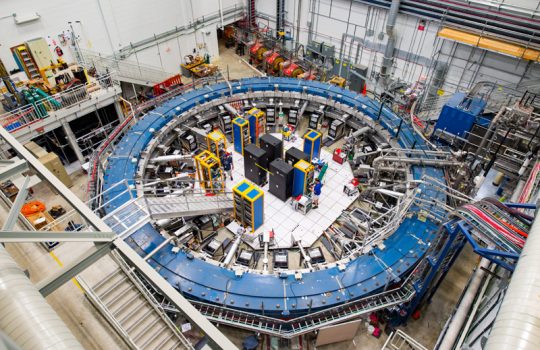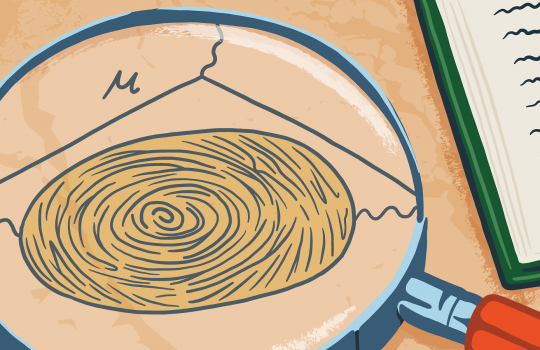Finding From Particle Research Could Rewrite Known Laws of Physics
From The New York Times, April 7, 2021: A collaboration of scientists led by Fermilab announced mounting evidence that a tiny subatomic particle seems to be disobeying the known laws of physics.



